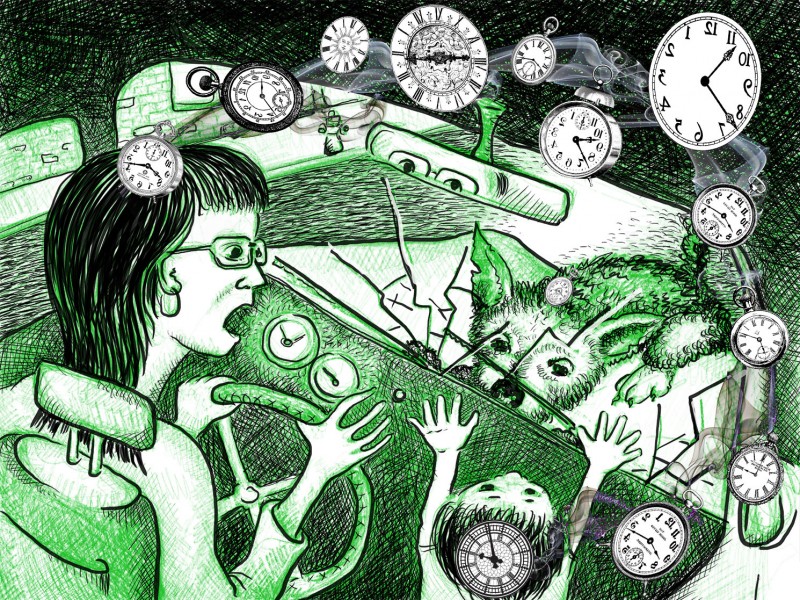On Valentine’s Day, February 14 2011, New York Times ran an article “Web of Popularity, Achieved by Bullying” by Tara Parker-Pope—recent research shows interesting patterns in bullying and victimhood distribution in the school student body. As I was reading the article, I realized that much of what is being described there had a direct parallel in a workplace. I don’t have the data to back this up, but I had personal experiences giving me some anecdotal evidence. Perhaps you have had similar experiences as well (academia is ripe with them). To make my point I’ll quote part of the article below and use bold on text that I’ve replaced in the article: students to co-workers; student body to employees, and so on. Enjoy! Web of Popularity, Achieved by Bullying By TARA PARKER-POPE For many employees navigating the social challenges of a workplace, the ultimate goal is to become part of the “popular” crowd. But new research suggests that the road to workplace popularity can be treacherous, and that employees near the top of the social hierarchy are often both perpetrators and victims of aggressive behavior involving their peers. The latest findings, being published this month in The American Sociological Review,…
There's a word for that?
A Dictionary of Cool Words That Hide True Feelings & Meanings from Parents Many of the strange vocabulary words, that…
Read more →









